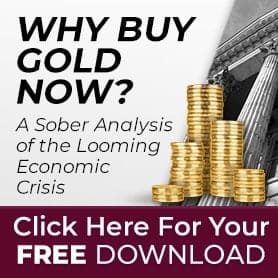Optimism Rules the Day
Friday the 13th was not an unlucky day for the U.S. stock market; all three of the major stock market averages closing at all time record highs. Optimism is ruling the day. In fact, there was a consumer confidence number that came out today revealing confidence in the economy – the University of Michigan Consumer Confidence – and this is a measure of the belief that the U.S stock market will be higher 12 months from now than it is today. By that measure, consumers have more confidence in the U.S. stock market than they have ever had in the past. That would include where we were just before the ’08 Financial Crisis and where the market was at the peak of the dot com bubble.
Complacent Investors
In fact, there are other measures of investor sentiment that have never been this high. Look at the VIX, for example, which is really a measure of risk, of investors’ need to hedge their portfolios. If you look at that, the VIX is at all time record lows. Investors have never been this complacent about the U.S. stock market – ever! And all of those measures of fear, confidence, are at the lowest and highest readings, respectively, that they’ve ever been, even though the U.S. stock market is extremely expensive.
Not a Bubble?
The U.S. stock market has only been this expensive near the peaks of previous bubbles. But what’s different about this bubble is a) it’s bigger, and b) people are even more confident now that it is not a bubble. You have less fear, less anxiety and investors are more convinced that they can’t lose than at any prior time, despite the fact that we actually probably have more risk now than during any of the previous bubbles. Of course, it’s not just the investors who are confident. Consumer confidence is high, in fact the consumer confidence number came out much higher than expected today.
Government Inflation Numbers Real? Not.
The dollar rallied on that today. Initially, down because of the lower than expected CPI, which is seen, paradoxically as good for the dollar if there is less inflation. Somehow, the way the markets react, if there is not enough inflation, they reduce the probability of a rate hike, so the dollar sold off. The PPI that came out yesterday was a little higher than expected, so people were worried: “Oh, well, maybe there’s more inflation, then the CPI comes out and it’s lower than expected. Of course none of these numbers are actually real, because we all know consumer prices are rising a lot faster than these indexes purport to show.
Fed Confusing Inflation with Employment
Of course, then the Fed complains that we don’t have enough inflation. In fact the Fed actually claims they don’t even understand why inflation is so low; they expect it to be higher. Ironically, not because of all the money they printed, they think inflation should be higher based on how low the unemployment is. They are looking at the Phillips curve and they don’t understand why we don’t have more inflation when the unemployment rate is so low. They don’t understand that there’s no real relationship between employment and inflation. If there was, it’s the opposite of what they think. When people are productively employed, and making more things, that tends to keep prices down. When people are unemployed, governments have to subsidize them by printing a lot of money and making a lot of unemployment benefits or welfare benefits, that will generally lead to higher consumer prices. If anything, they will be correlated together, not opposite.
Podcast: Download










